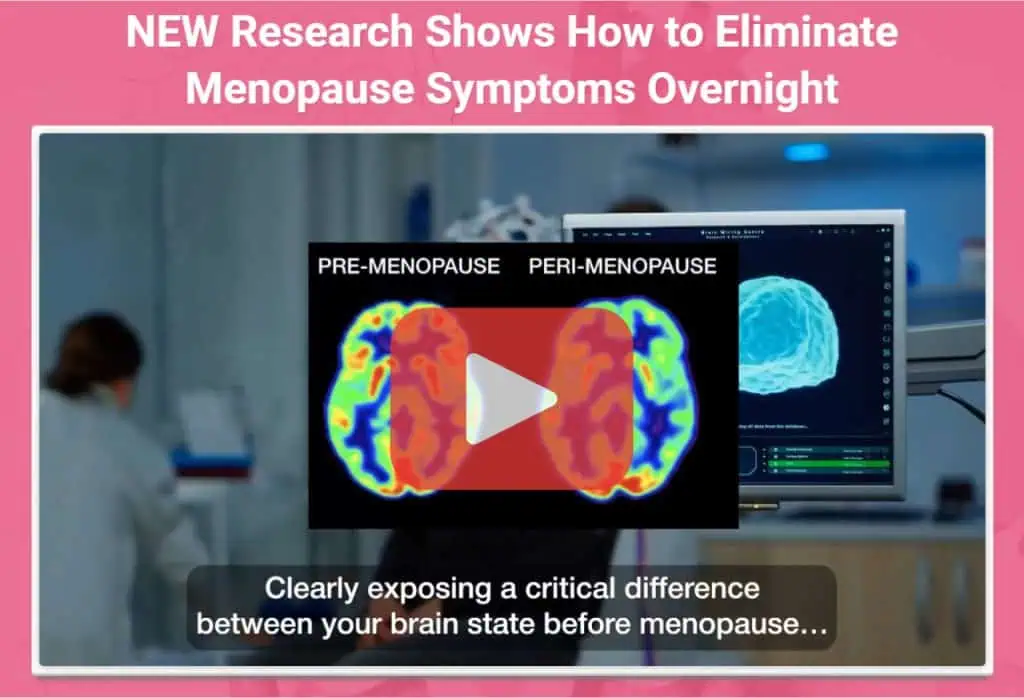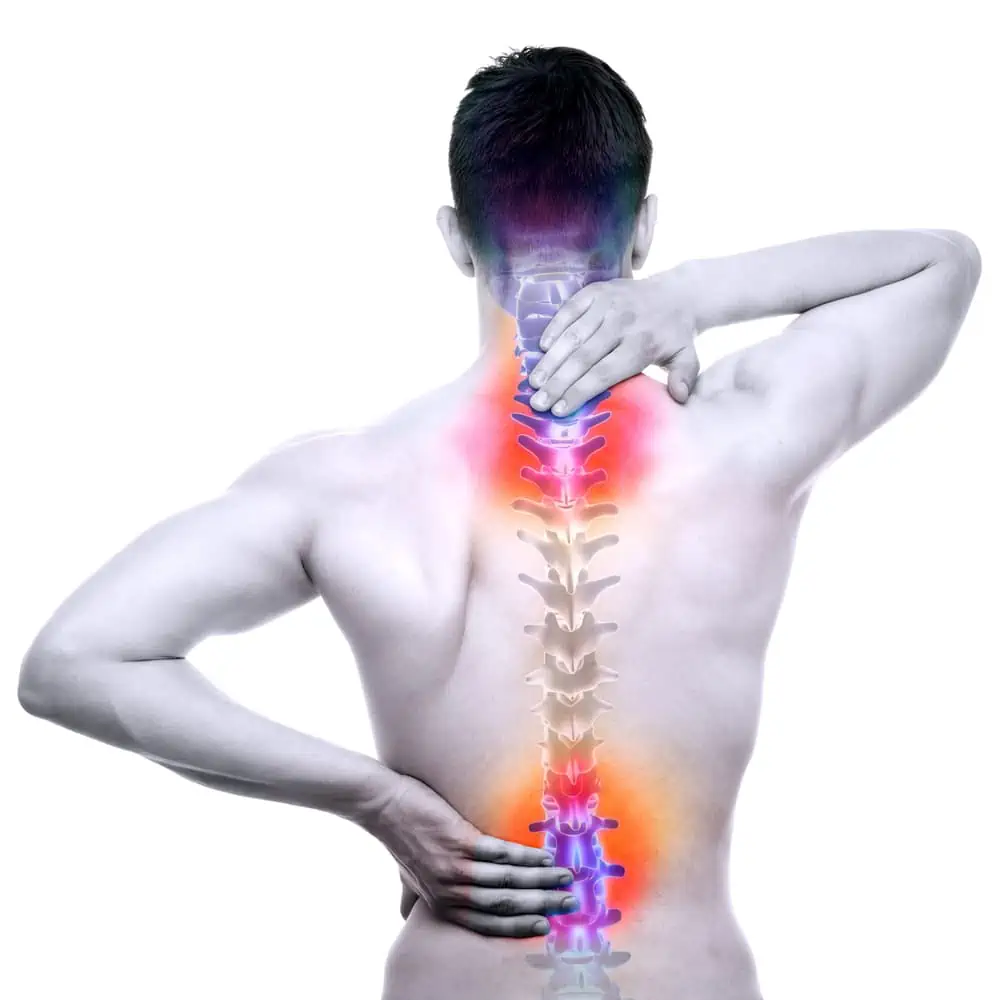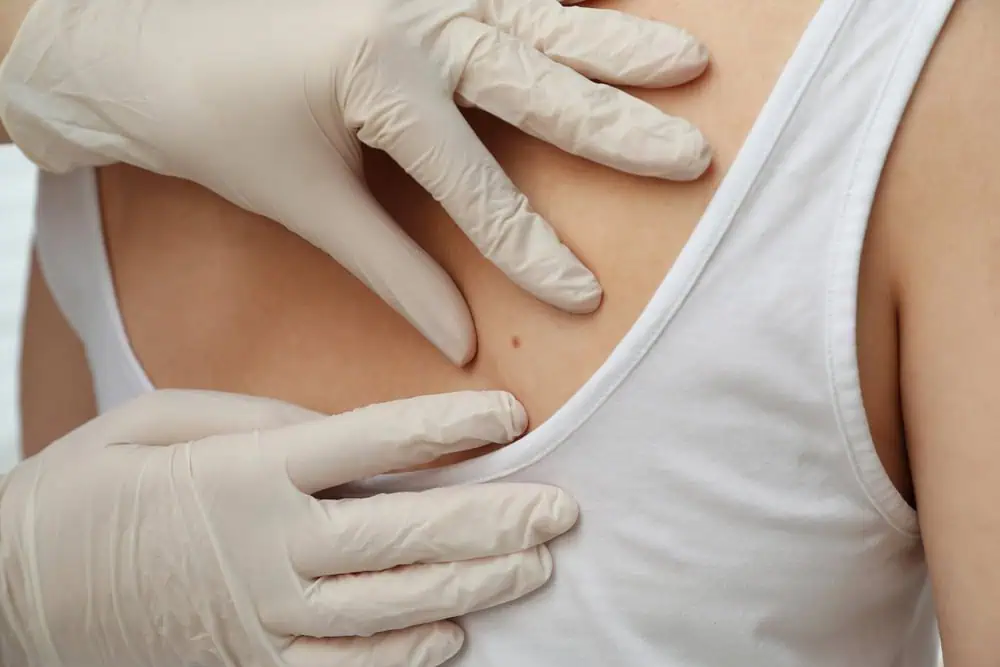When considering hormone replacement therapy (HRT) as a treatment for menopause symptoms, one of the main questions I had was about the timeframe for its effectiveness. From my experience and from what I’ve learned, HRT is not a one-size-fits-all solution, and it varies how quickly it can provide relief. Typically, symptoms like hot flushes and night sweats may start to improve within a few weeks. However, the full benefits of HRT, particularly on mood and vaginal symptoms, may take a few months to be fully realized.
In terms of duration, the length of time I may need to use HRT can vary based on my individual symptoms and response to the treatment. While some women may use HRT for a short period, others might need it for several years to manage persistent menopausal symptoms effectively. It is also essential to have regular consultations to monitor the therapy and adjust dosages if necessary to ensure the treatment remains beneficial and the risks are minimized.
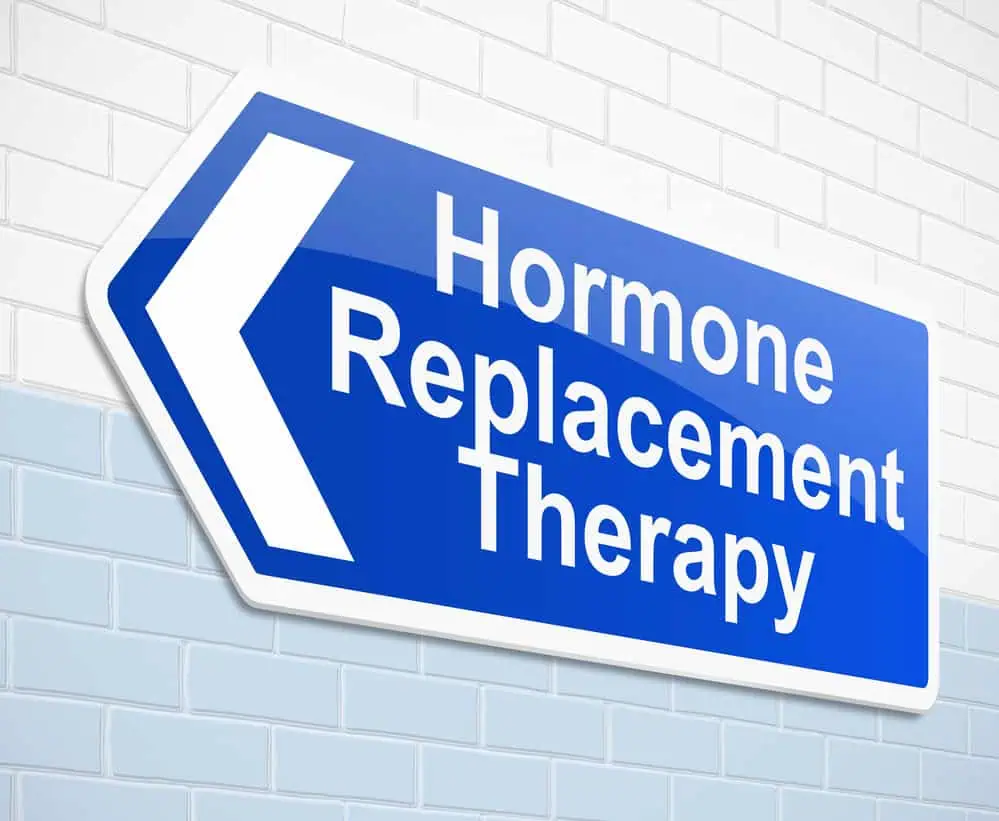
Key Takeaways
- HRT may begin to alleviate certain menopause symptoms within a few weeks, but full benefits can take months.
- The duration of Hormone replacement therapy use varies, with some women needing it for a short period and others for several years.
- It’s crucial to regularly review and adjust Hormone replacement therapy to balance the benefits against any potential risks.
Understanding HRT
In exploring the world of hormone replacement therapy (HRT), key aspects such as the types of HRT available, their mechanisms, and the various delivery methods are crucial to grasp their role in managing menopause symptoms and other hormonal imbalances.
Types of Hormone replacement therapy
Estrogen Therapy: As one of the primary types of HRT, it is usually prescribed to women experiencing menopause symptoms who have had a hysterectomy and do not need progesterone.
Continuous Combined HRT (CCHRT): This form of therapy is commonly given to postmenopausal women and combines doses of estrogen and progesterone, aiming to mimic the natural hormonal cycle.
EPT: This stands for estrogen-progesterone therapy, where both hormones are administered to relieve menopausal discomfort, especially for women with an intact uterus, to counteract the risk of estrogen-induced endometrial hyperplasia.
Mechanism of Action
The hormones in HRT replace the ones that the body begins to produce less of during menopause. Estrogen is primarily responsible for alleviating hot flashes and vaginal discomfort, while progesterone safeguards the endometrium. Testosterone added in some HRT can address libido issues.
Delivery Methods
Hormone replacement therapy can be administered through various methods, allowing for flexibility and personalization of treatment. Here’s a list of common methods:
- Tablets: Oral intake is a widespread delivery method for estrogen, progesterone, or combined therapy.
- Patches: Applied to the skin, they release hormones directly into the bloodstream, are a convenient option, and avoid liver metabolism of the hormones.
- Gels: Hormones are absorbed through the skin. The ‘gel’ format is useful for controlling dosage and adjustments.
- Creams and Sprays: Typically used for localized symptoms like vaginal discomfort, providing estrogen directly to the affected area.
- Vaginal Ring/Estradiol: A ring inserted into the vagina releases small doses of estrogen locally, often addressing urogenital symptoms effectively.
Beginning HRT
As someone seeking relief from menopausal symptoms, knowing what to expect when starting hormone replacement therapy is key. Optimal treatment requires assessing eligibility and understanding the initial steps to properly commence HRT.
Determining Candidacy
My health history is a cornerstone in determining if I’m a good candidate for hormone replacement therapy. Factors such as age, whether I’m experiencing early menopause, premature menopause, or perimenopause, play a significant role in this evaluation. It’s important that I consult with a general practitioner (GP) or a menopause specialist. They will consider my personal needs and any underlying health concerns to decide if HRT is suitable for me.
Initial Considerations
When beginning HRT, the dose and preparation require careful thought. A low dose is often recommended to minimize risks, especially if I have a thinner body constitution. It’s best to start at the lowest effective dose and adjust as necessary. I’ll work with my GP to create a customized treatment plan that considers the benefits and risks of HRT. Preparation for treatment might also include lifestyle modifications to enhance the efficacy of the therapy.
In considering Hormone replacement therap, the benefits typically include alleviation of menopausal symptoms and possibly preventing bone loss. Yet, understanding and discussing the risks associated with HRT is indispensable to make an informed decision. My treatment plan might include systemic therapy or low-dose vaginal products, which the My Menopause Centre suggests as options depending on symptoms.
Effects and Efficacy of HRT
Hormone Replacement Therapy is a critical treatment for managing menopausal symptoms and long-term health risks associated with hormone decline. I will discuss both the immediate relief it offers and the overarching health benefits.
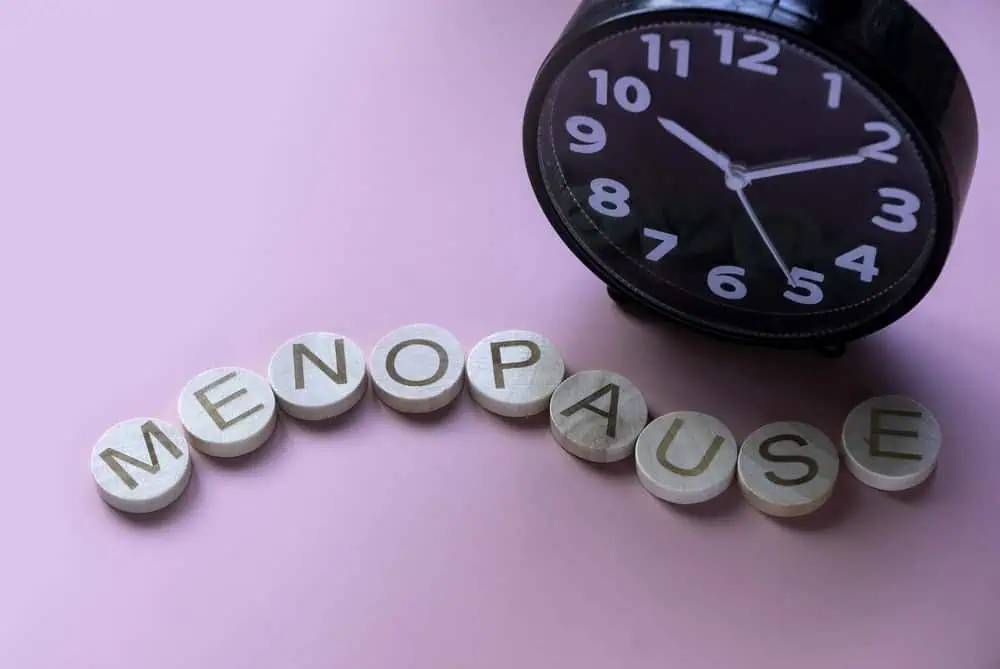
Short-term Relief
From my understanding, HRT provides prompt relief for various menopausal symptoms such as hot flushes, night sweats, mood swings, and vaginal dryness. These symptoms can compromise my quality of life, but hormone therapy often alleviates them within a few weeks. I’ve learned that the benefits for symptoms like discomfort during sex can appear as early as four weeks into treatment.
Long-term Benefits
Over the long term, HRT contributes to my bone health, potentially reducing the risk of osteoporosis and fractures. I’ve come across a study that indicates long-term use of HRT may even lower the risk of colon cancer. However, it’s also essential to be aware of HRT association with an increased risk of heart disease and stroke if started more than 10 years after menopause. Therefore, the impact on cardiovascular health needs to be monitored by regularly checking blood pressure and cholesterol levels.
Can HRT affect Intimacy?
Hormone Replacement Therapy can affect intimacy in various ways. For many individuals, particularly those experiencing symptoms of menopause or hormonal imbalances, HRT can have positive effects on sexual health and intimacy. By alleviating symptoms such as vaginal dryness, discomfort during intercourse, and reduced libido, HRT can enhance sexual function and improve overall intimacy. The restoration of hormonal balance can lead to increased sexual desire and comfort, contributing to a more satisfying intimate relationship.
However, the effects of HRT on intimacy can vary depending on the individual and the specific hormones involved. Some individuals may experience side effects such as mood changes, weight gain, or breast tenderness, which can indirectly affect sexual desire and intimacy. It is important to have open communication with a healthcare provider to monitor any changes and adjust the treatment as needed. Personalized HRT plans can help minimize negative side effects and maximize the benefits, supporting both hormonal health and intimate relationships.

When it comes to intimacy, managing the side effects of Hormone Replacement Therapy can significantly improve the overall experience. Here are specific strategies to address how HRT might affect intimacy:
- Communication with Partner: Open and honest communication with your partner about how you’re feeling can help alleviate stress and build emotional intimacy, which can enhance physical intimacy.
- Lubrication and Moisturizers: For vaginal dryness, a common side effect that can affect intimacy, using over-the-counter lubricants and moisturizers can provide immediate relief and make intercourse more comfortable.
- Adjusted Dosage or Type of HRT: Consulting with your healthcare provider to adjust the dosage or switch to a different type of hormone can sometimes alleviate side effects that impact intimacy, such as decreased libido or discomfort.
- Vaginal Estrogen: If systemic HRT causes side effects, localized treatments like vaginal estrogen can directly address vaginal dryness and atrophy without affecting the whole body, improving comfort during intercourse.
- Sexual Health Counseling: Working with a sex therapist or counselor can help address any psychological or emotional barriers to intimacy that may arise due to hormonal changes or side effects.
- Patience and Time: Sometimes, the body needs time to adjust to new hormone levels. Many side effects, including those affecting intimacy, may diminish over time as your body becomes accustomed to the therapy.
- Healthy Lifestyle: Maintaining a healthy lifestyle with regular exercise, a balanced diet, and adequate sleep can improve overall well-being and energy levels, positively affecting sexual desire and performance.
By working closely with a healthcare provider to manage and adjust your HRT regimen, and incorporating these strategies, you can effectively address side effects and enhance intimacy.
Managing Side Effects and Risks
In discussing Hormone Replacement Therapy (HRT), it’s crucial to address the dual aspects of side effects and risks. I’ll guide you through the common side effects experienced by many, delve into the serious risks involved, and outline the importance of consistent health monitoring.
Common Side Effects
| Side Effects | Management Strategies |
|---|---|
| Mood swings | Regular exercise, sufficient sleep |
| Sleep disturbances | Establishing a consistent bedtime routine |
| Nausea | Eating small, frequent meals |
| Leg cramps | Stretching exercises, adequate hydration |
| Headaches | Stress management techniques, proper hydration |
| Weight gain | A balanced diet, regular physical activity |
For most individuals, the minor side effects of HRT like mood changes, sleep issues, and nausea typically improve within the first three months. Leg cramps and headaches may occur but can often be managed with lifestyle adjustments. Weight gain, while concerning for some, can also be mitigated with dietary and exercise modifications.

Serious Risks
When considering HRT, I understand that the potential for serious risks such as cancer, heart disease, and blood clots cannot be overlooked. Associations exist between HRT and the risk of:
- Breast cancer
- Endometrial cancer, especially for those with a uterus not taking progestogen
- Deep vein thrombosis and pulmonary embolism, particularly for those already at risk for these conditions
- Stroke
- High blood pressure
To minimize these risks, it’s advised by the American College of Obstetricians and Gynecologists and the North American Menopause Society to use the lowest effective HRT dose for the shortest time needed.
Monitoring Health
Regular Health Checks
- Screening for breast and endometrial cancer
- Monitoring of blood pressure and liver function
I advocate for a proactive approach in collaboration with healthcare providers for regular screenings and tests that can help in detecting any adverse changes early.
Undertaking HRT comes with its own set of challenges in terms of side effects and risks. However, being well-informed and engaging in thorough health monitoring can go a long way in managing these aspects.
Adjusting HRT Over Time
When I began hormone replacement therapy (HRT), I understood that patience is key to achieving hormonal balance. Over time, I learned that adjusting my HRT regimen was a critical aspect of the treatment process, ensuring that the dose and types of therapy continued to meet my body’s evolving needs.
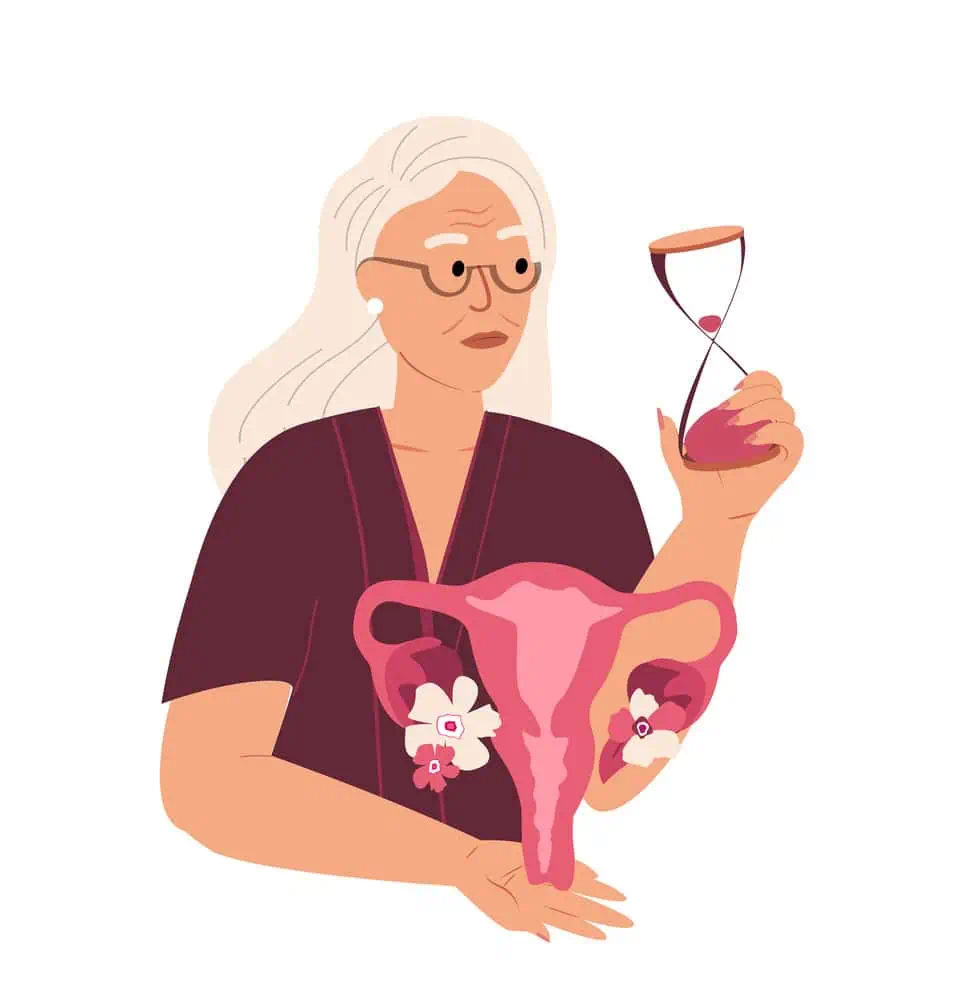
Dosage Modifications
Initially, I started on a standard dose, but it wasn’t long before I had to make alterations. I paid close attention to my body’s reactions and worked with my healthcare provider to adjust my dose. Typically, a low dose might be increased incrementally if my symptoms persisted, or decreased if the symptoms were well-managed and I encountered side effects.
Considering Alternative Therapies
At certain points, I looked into alternatives to HRT, such as lifestyle changes to alleviate menopause symptoms. Modifications to my diet, exercise routine, and stress management techniques proved beneficial. For targeted symptom relief, I explored different formats, like creams or an intrauterine system (IUS), which were sometimes recommended for those who’ve undergone a hysterectomy or are experiencing early menopause.
Stopping HRT
Deciding when and how to stop HRT was a considered choice. I learned that it’s recommended to do so gradually to minimize the return of menopausal symptoms. It wasn’t a simple case of just stopping; my healthcare provider and I planned a tapering schedule, often involving a gradually reduced dose, to help my body adjust naturally.
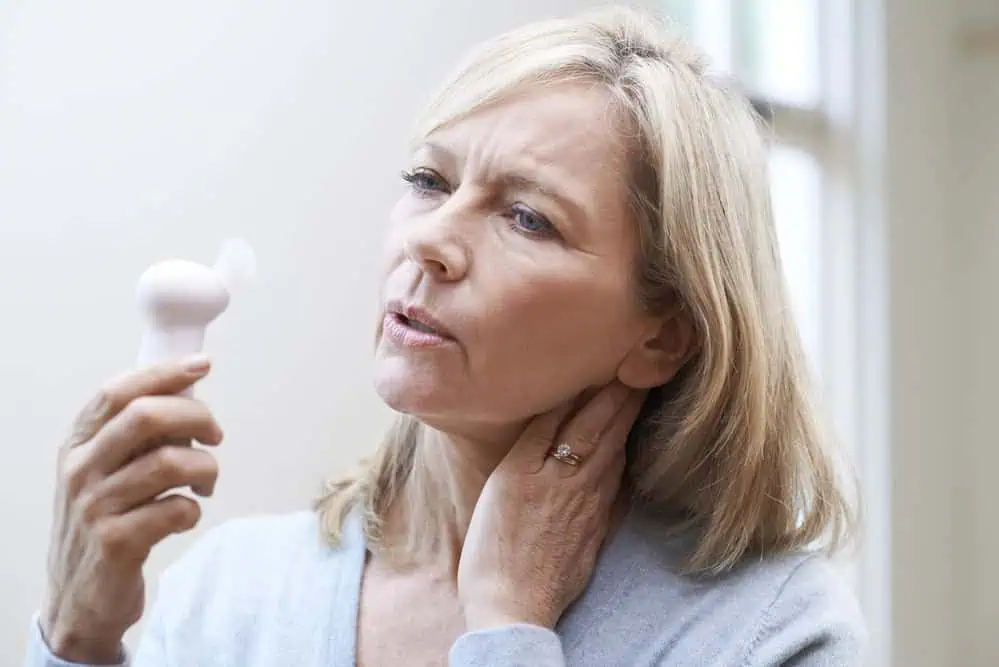
Frequently Asked Questions
In my experience, understanding the specifics of hormone replacement therapy (HRT) is crucial for those considering this treatment option. Let’s explore common inquiries to clarify expectations regarding the timeline and effects of HRT.
What improvements can be expected with HRT for managing anxiety symptoms?
Initiating HRT can lead to a reduction in anxiety symptoms, as the treatment targets hormonal imbalances that often exacerbate mood fluctuations.
How soon after beginning HRT will hot flashes typically diminish?
Many individuals report a noticeable decrease in hot flashes within a few weeks of starting HRT.
What are the common indicators that HRT is having its intended effect?
Signs such as stabilized mood swings, improved sleep, and reduced hot flashes can suggest that HRT is effective.
What changes might occur in the initial weeks of starting hormone therapy (HRT)?
During the initial weeks, some may experience temporary side effects, like feeling slightly ‘discombobulated’, as their body adjusts to the new hormone levels.
Can hormone replacement therapy contribute to a more youthful appearance?
Yes, HRT may contribute to skin elasticity and moisture, which can enhance a more youthful appearance over time.
What timeline is often observed for the alleviation of symptoms once Hormone Replacement Therapy is initiated?
Symptom relief often begins within the first 4 to 6 weeks, with continued improvements over subsequent months as the body adapts to HRT.

